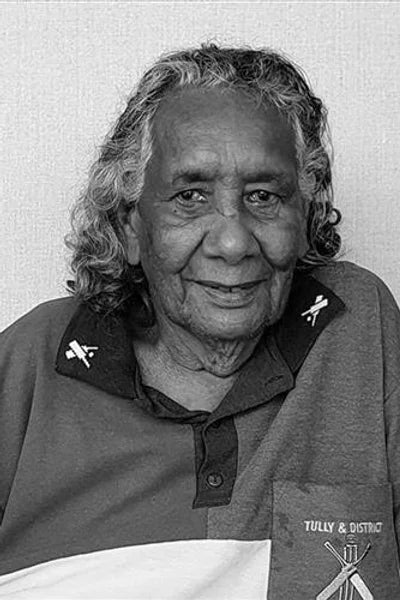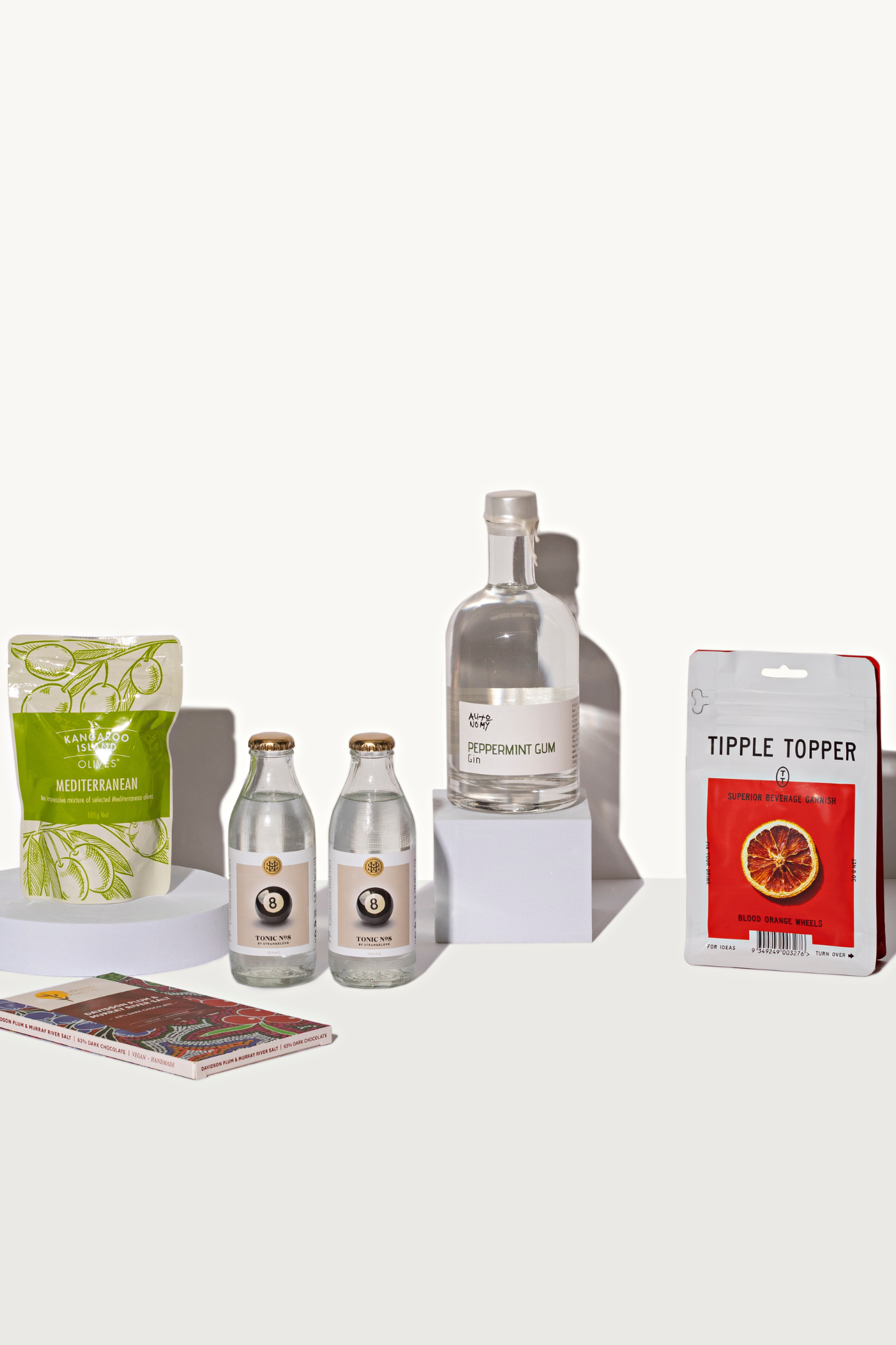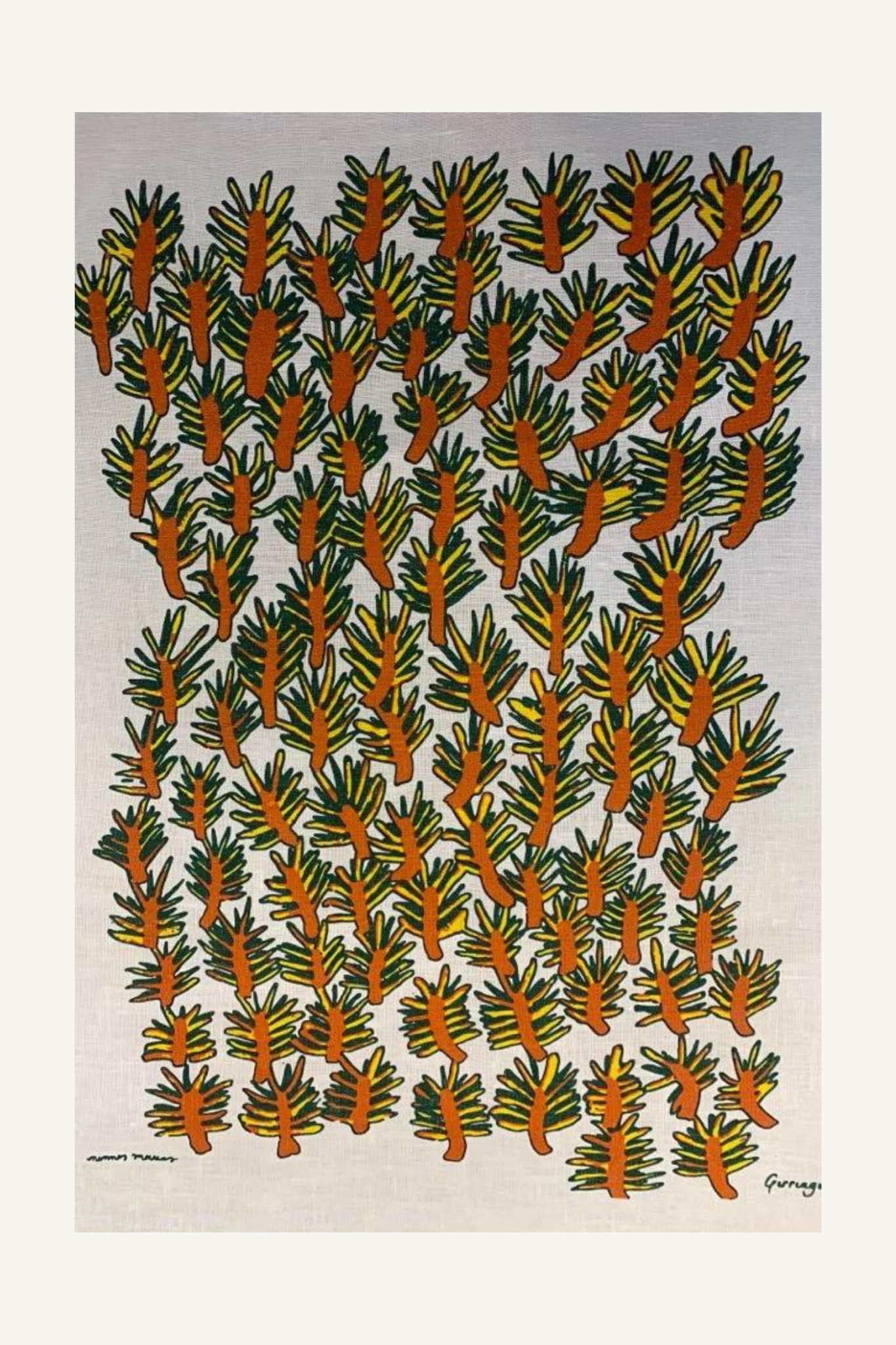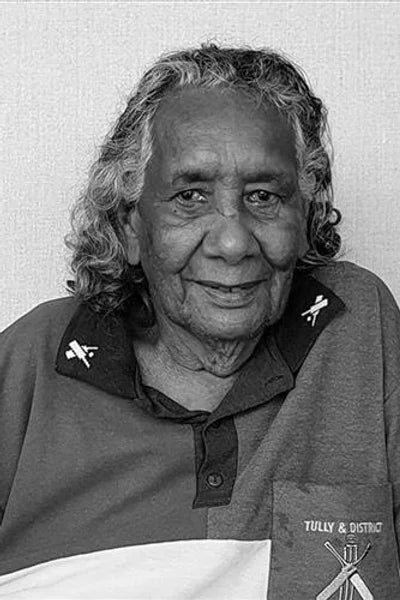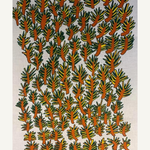Tea Towel: Wattle by Ninney Murray
In Stock
Sold out
Unavailable
“This is a calendar painting and tells the story of how the old people knew when to eat certain foods. When the wattle flowers in winter they know that is the best time to eat Barramundi, black brim, eel, jew fish – all kinds of fish. This is when the fish are fat, the fat goes through the meat, and it is the best time to eat them.”
Ninney Murray is a Jirrbal/ Girramay woman. She is based in the Jumbun Aboriginal Community of the Murray Upper area, North-West of Cardwell, Queensland.
A multidisciplinary artist with a broad portfolio, Ninney is an accomplished painter, ceramicist and expert weaver. Taught by her Aunty, Ninney frequently weaves Jawun, Burrajingal, Gundala and Mindi baskets. She is one of few to still construct Wungarr, known as traditional eel traps.
Ninney shares her rich cultural knowledge through the workshops in which she facilitates. Her paintings capture the story of her elders. Her Bagu sculptures are full of personality and life. Ninney’s art is a visual expression of her connection to home and family. Multiple private and institutional collections, including the Queensland Art Gallery, have acquired Ninney’s work.
Product Description
Artist: Ninney Murray
Cultural Group: Jirrbal
Medium: Hand screen printed in water based inks onto natural European linen.
Dimensions: Height 70.5 cm x width 50 cm
About Girringun Art Centre
Emerging from the rainforest canopy and a culture spanning countless generations, the work of Girringun artists is attracting a lot of attention.
Established in 2008, the Girringun Art Centre is home to multi-award winning artists and craftsmen. Located in Cardwell, Queensland, Girringun represents artists from nine Traditional Owner Groups: the Nywaigi, Gugu Badhan, Warrgamay, Warungnu, Bandjin, Girramay, Gulngay, Jirrbal and Djiru people.
The traditional country of these groups covers some 25,000 square kilometres of country in the state's far-North. Objects from this country are significantly different from those of much of the rest of Australia. Weaving is done by both men and women, and the diversity of resources between land and sea have resulted in a vast array of implements being crafted for use.

